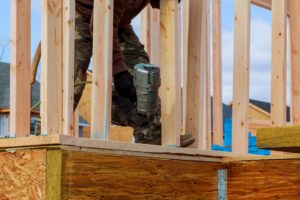
By Jeffrey Steele | Forbes
When it comes to investing in opportunity zones, what’s the best way to determine the O-Zones with richer investment potential? Is it the traditional facts and figures, such as those from substantially out-of-date U.S. Census data? Or would the better choice be alternative data sources, such as street views, cellular data and social media?
A recent whitepaper from Skyline AI, the New York City- and Tel Aviv-based artificial intelligence investment manager for commercial real estate, suggests answers. In its whitepaper entitled “The Map is Not the Territory: Discerning the True Opportunity Within Opportunity Zones,” Skyline AI found considering these alternative data sources rather than traditional census data delivers clearer views of tracts’ potential opportunity.
Maps and other data tend to grow steadily less accurate the older they become. Consider that 99% of tracts used to determine today’s O-Zones were surveyed based on 2011 to 2015 U.S. Census data. Many are simply a freeze frame capturing a moment in time when there existed more than 18 million fewer Americans and many fewer developments.
“Not all opportunity zones are created equal, despite the objective measures for their designation. By leveraging AI and its ability to filter and process unique data points, it appears investors are able to compare the likelihood of success within multiple opportunity zones.” ~Dan Gauthier, Attorney at Rose Law Group











